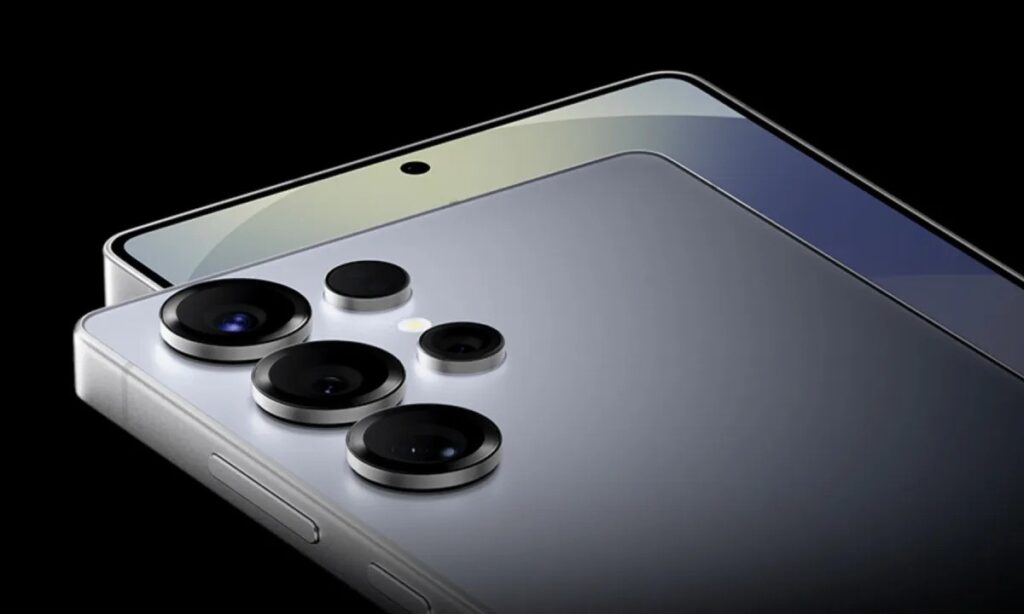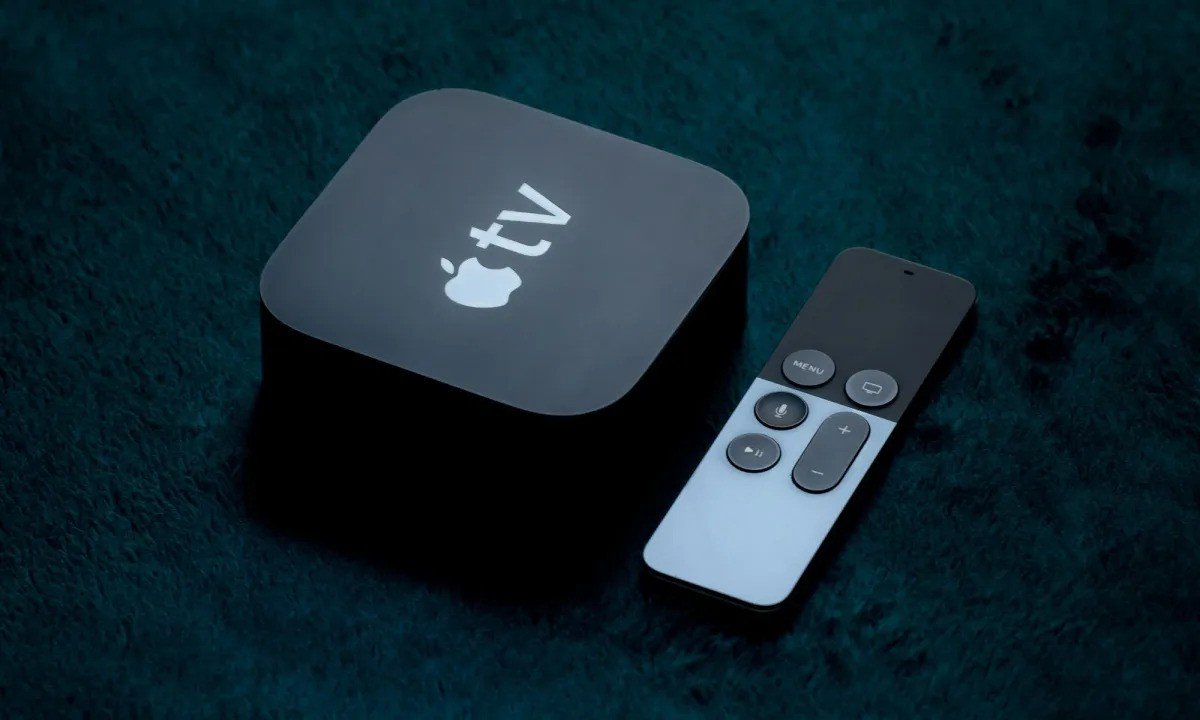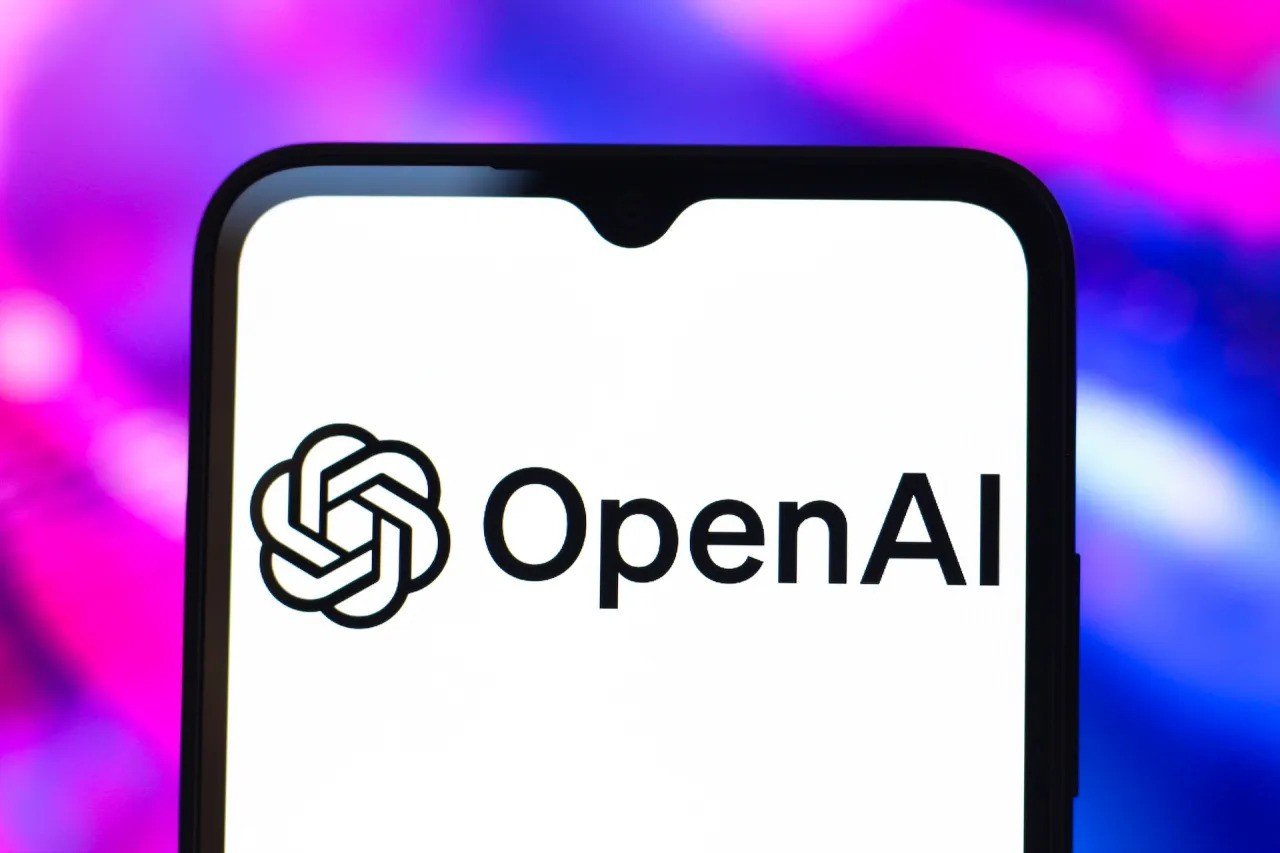Rumors are swirling that the upcoming Galaxy S27 Ultra will introduce a groundbreaking facial-recognition system, marking one of Samsung’s biggest leaps in biometric security in years. According to early firmware leaks and industry insiders, the feature — reportedly named “Polar ID v1.0” — could overhaul how Galaxy devices handle authentication, privacy, and everyday convenience.
The New Face of Security: Polar ID v1.0
A trusted leak source on X (formerly Twitter) known as @SPYGO19726 recently hinted that Samsung is moving beyond its traditional 2D camera-based unlock method. The leaked firmware suggests Polar ID will use polarized-light authentication rather than the selfie camera’s standard RGB scan.
This new system appears tied to a “BIO-Fusion Core” — a dedicated secure enclave designed to store sensitive facial data. It’s a move reminiscent of Apple’s Face ID and its reliance on a hardware-level security processor.
In plain terms: Samsung might finally bridge the performance and reliability gap between its face unlock and Apple’s industry-leading system.
Exclusive: Early test firmware for the Galaxy S27 Ultra references something called “Polar ID v1.0” under the biometric security framework. Internal logs describe it as a “polarized-light authentication system”
— S (@SPYGO19726) November 7, 2025
Faster, Smarter, and Harder to Fool
Leaked specs suggest that Polar ID v1.0 could achieve an unlock latency of around 180 milliseconds, which would make it lightning-fast while maintaining strong spoof resistance. More importantly, it’s rumored to perform reliably even when users are wearing glasses, masks, or in dim lighting — all long-standing pain points for current Android face-unlock systems.
The feature reportedly builds on Samsung’s ISOCELL Vizion front-sensor technology, which may leverage polarized-light mapping to capture depth and surface texture more precisely than infrared sensors alone. If true, this would give the S27 Ultra a significant edge in both speed and security.
Why It Matters
Biometric authentication has become a cornerstone of modern smartphone security. Yet, Samsung’s approach — typically limited to 2D camera scans or fingerprint unlocks — has often trailed Apple’s TrueDepth Face ID in consistency and trustworthiness.
If Samsung does introduce Polar ID, it could signal the company’s most serious step toward competing with Apple in the biometric arena. Beyond faster unlock speeds, it could unlock (pun intended) a new wave of secure use cases, including payment authorization, password-free logins, and encrypted document access.
It’s not just about convenience; it’s about credibility. As users increasingly depend on smartphones for banking, health data, and digital identity, reliable authentication is no longer optional — it’s essential.
Inside Samsung’s “BIO-Fusion Core”
The rumored BIO-Fusion Core might serve as the system’s heart — an isolated processing hub that handles biometric data separately from the phone’s main operating system. This mirrors Apple’s Secure Enclave and Google’s Titan M2 chip, both designed to prevent data breaches and tampering.
For Samsung, integrating this at the silicon level could elevate its Knox security platform from software-based protection to full hardware-grade encryption, giving enterprises and privacy-conscious users a major reason to stay within the Galaxy ecosystem.
A Shift in Samsung’s Strategy
For years, Samsung has focused on hardware design, displays, and camera innovation. But this rumored shift toward deeper security integration signals a maturing strategy — one that acknowledges users’ growing expectations around privacy and trust.
Industry analysts note that biometric upgrades like Polar ID could also serve a marketing purpose: differentiating Samsung’s Ultra line in a market where incremental camera upgrades no longer wow customers.
With Apple doubling down on its Vision Pro ecosystem and Google investing heavily in on-device AI, Samsung appears poised to make secure, intelligent identity recognition its next defining feature.
What It Means for You
If you’re considering a future upgrade, the Galaxy S27 Ultra might be worth the wait. While current Galaxy models offer decent 2D face unlocks, they often struggle under real-world conditions — poor lighting, sunglasses, or even facial hair changes.
If Polar ID delivers on its promise, users could enjoy near-instant unlocking with greater reliability, plus enhanced security for Samsung Pay, Google Wallet, and banking apps. That could make daily authentication nearly invisible — fast, secure, and seamless.
Still, this is all unconfirmed speculation for now. The Galaxy S27 lineup isn’t expected until 2027, and Samsung’s current focus remains on the Galaxy S26 series, which is rumored to debut early next year.
The Road to S27: What Comes First
Before Polar ID makes its debut, Samsung’s S26 Ultra will carry the flagship torch. Early leaks point to a 6.9-inch QHD OLED, AI-powered privacy screen, and a familiar camera array — signaling modest upgrades compared to the S25 generation.
With Qualcomm expected to power 75% of S26 devices, Samsung’s own Exynos chips may play a smaller role in this cycle. That could free up engineering resources for the security and imaging innovations reserved for the Galaxy S27 Ultra’s debut.
A Glimpse of Samsung’s Next Leap
For now, the Galaxy S27 Ultra remains two years away, but its rumored Polar ID system hints at Samsung’s broader ambitions — not just to catch up with Apple, but to redefine the balance between convenience and security.
If these leaks hold true, the S27 Ultra could mark the beginning of a new era where biometric intelligence becomes as important as megapixels and refresh rates.
Until then, one thing’s certain: Samsung isn’t just chasing Apple anymore — it’s setting the stage for what next-generation smartphone authentication could look like.










